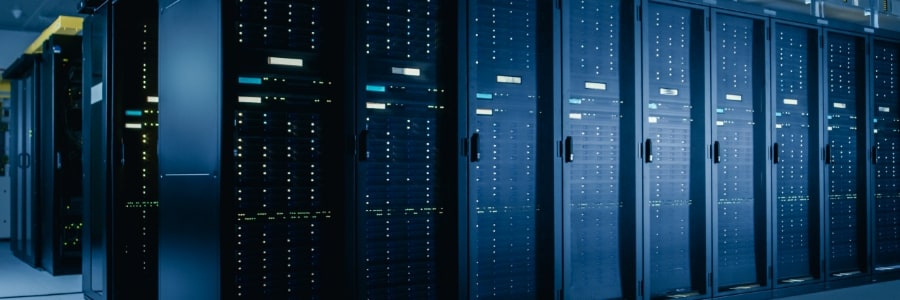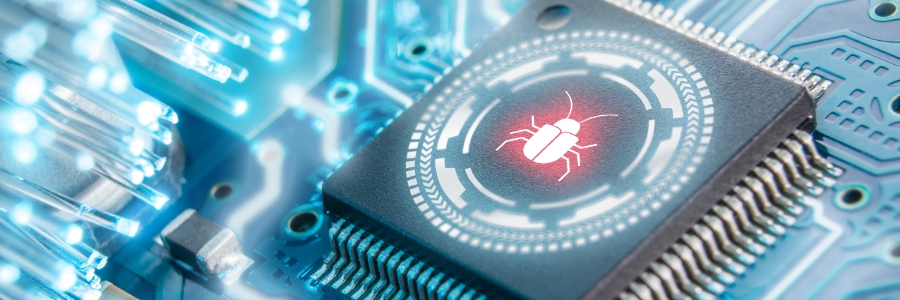Before you think about purchasing new servers, ask yourself some crucial questions that can help you make informed decisions, minimize risks, and maximize the benefits of the upgrade. By carefully evaluating factors such as performance requirements, scalability, budget constraints, and future business needs, you can ensure a smooth transition to new server infrastructure.
Is it time to upgrade? Key considerations before replacing your servers
How to increase the life span of your business computer and hardware

If you rely heavily on computers for routine tasks in daily operations, making sure they keep running as smoothly and efficiently as possible is essential. When done right, maintaining your PCs, as well as other hardware, will ensure more efficient workflows and fewer annoying IT hiccups along the way.
Keep your work devices clean and running smoothly with these tips

It's no secret that a clean work environment is more productive than a cluttered one. The same principle applies to your computer and mobile devices. If you allow them to accumulate dirt and dust, you're going to start seeing glitches and hardware failures — both of which will affect your productivity.
Advantages of dual monitor systems
A guide to choosing the perfect mouse for you
What is firmware and why is it important?
Easy tips to increase your computer’s longevity
7 Tips to reduce PC power consumption

In 2021, industrial consumers of electricity in the United States paid an average of $7.26 per kilowatt hour. This amount is a 9% increase from 2020 and the highest figure recorded since 1970. Given the rising electricity rates, it’s now more important to take energy-saving measures, one of which is reducing your PC power consumption.
A guide to choosing the right business projector
4 Ways to keep your servers cool

For any organization, servers are important for storing business data. This is why you should make sure that your servers are well-maintained. If not, their operating temperatures will rise, which can lead to server instability or even data loss. Read on to learn how to keep your servers at ideal temperatures.






